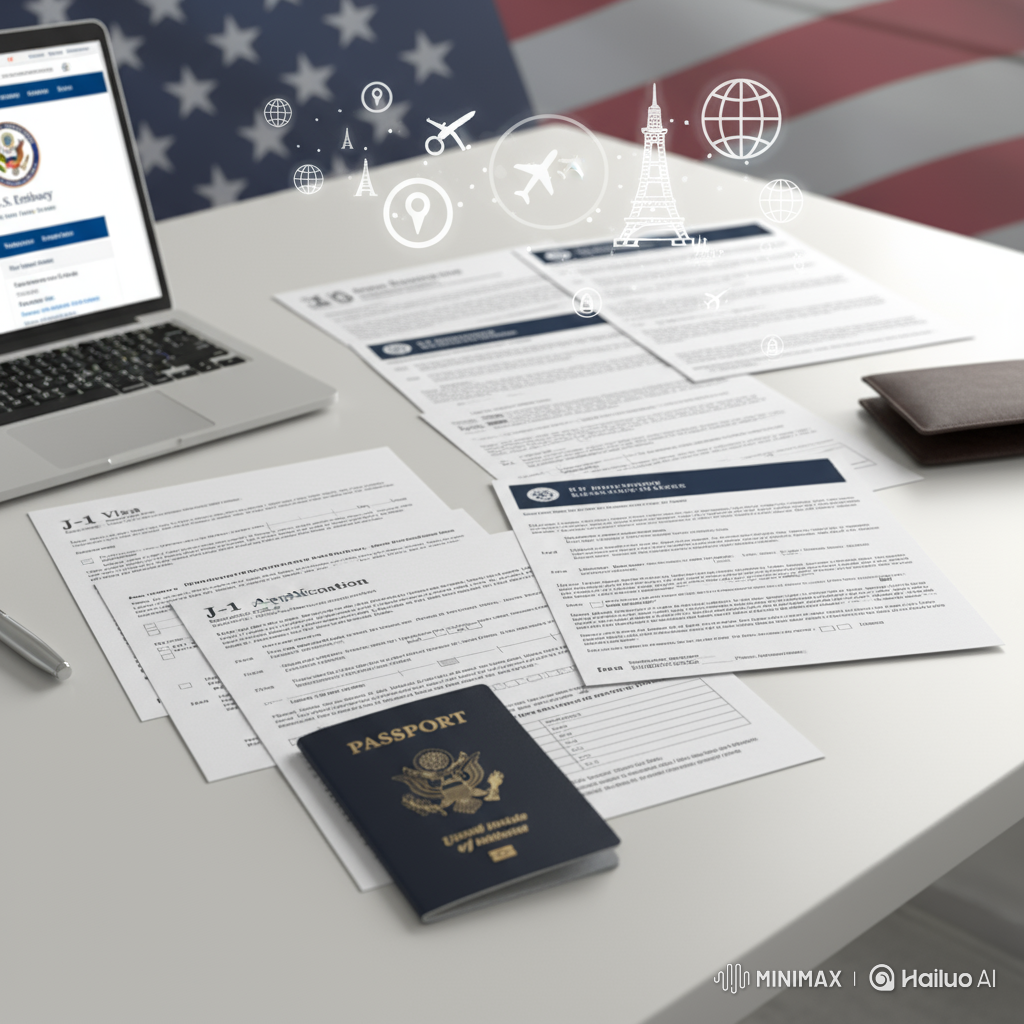Introduction
One of the biggest myths about exchange programs is that they’re only for the wealthy.
In reality, there are dozens of scholarships, grants, and government programs designed specifically for U.S. students who want to study abroad.
When I first looked into my exchange program, the price tag scared me. But after researching scholarships and budgeting properly, I realized it was completely achievable.
1. Start with Federal and Government Programs
The U.S. Department of State funds several major exchange opportunities:
- Benjamin A. Gilman International Scholarship – For Pell Grant recipients studying or interning abroad.
- Fulbright Program – For graduates pursuing research, teaching, or study abroad.
- Critical Language Scholarship (CLS) – Intensive language immersion in underrepresented languages.
- Boren Awards – For students interested in studying languages critical to U.S. national security.
💡 Pro tip: Apply early and highlight your motivation, not just your grades. Many of these programs prioritize cultural curiosity and diversity.
2. University and College Scholarships
Most U.S. universities offer study abroad funding, including:
- Travel grants
- Tuition waivers for partner institutions
- Merit-based awards
Ask your university’s study abroad office or financial aid department about programs that often go unadvertised.
3. Nonprofit and Private Organizations
Organizations like CIEE, Rotary International, AFS, and IES Abroad offer both need-based and merit-based scholarships.
| Organization | Typical Award | Focus |
|---|---|---|
| CIEE | $500–$2,000 | Language & cultural immersion |
| Rotary Youth Exchange | Full or partial | High school students |
| IES Abroad | $500–$5,000 | Academic merit |
| AFS | Variable | Global cultural programs |
When I joined my exchange, I applied to two smaller scholarships — and both came through. Small awards add up quickly, so don’t ignore them.
4. Financial Planning and Budgeting Tips
Even with scholarships, budgeting matters.
Here’s how to plan smart:
- Set a total budget — tuition, housing, insurance, flights, daily expenses.
- Track currency exchange rates — they fluctuate monthly.
- Use student discounts for travel, museums, and public transport.
- Open a local bank account (or digital one like Wise/Revolut) to avoid fees.
I tracked every expense during my exchange. It kept me stress-free and allowed me to enjoy experiences instead of worrying about money.
5. Tax Benefits and Work Options
Some expenses may be tax-deductible if related to your education.
Also, depending on your visa, you might qualify for limited part-time work abroad — check your J-1 or F-1 visa rules carefully.
6. Community and Alumni Support
After your exchange, you’ll join an international alumni network. Many organizations even offer grants for return projects, cultural initiatives, or continued education.
Conclusion
Don’t let finances stop you from studying abroad.
With scholarships, planning, and the right mindset, anyone can make it happen.
From my own experience, the process of funding my exchange taught me as much about discipline as the trip itself — and that’s something no classroom can teach.

